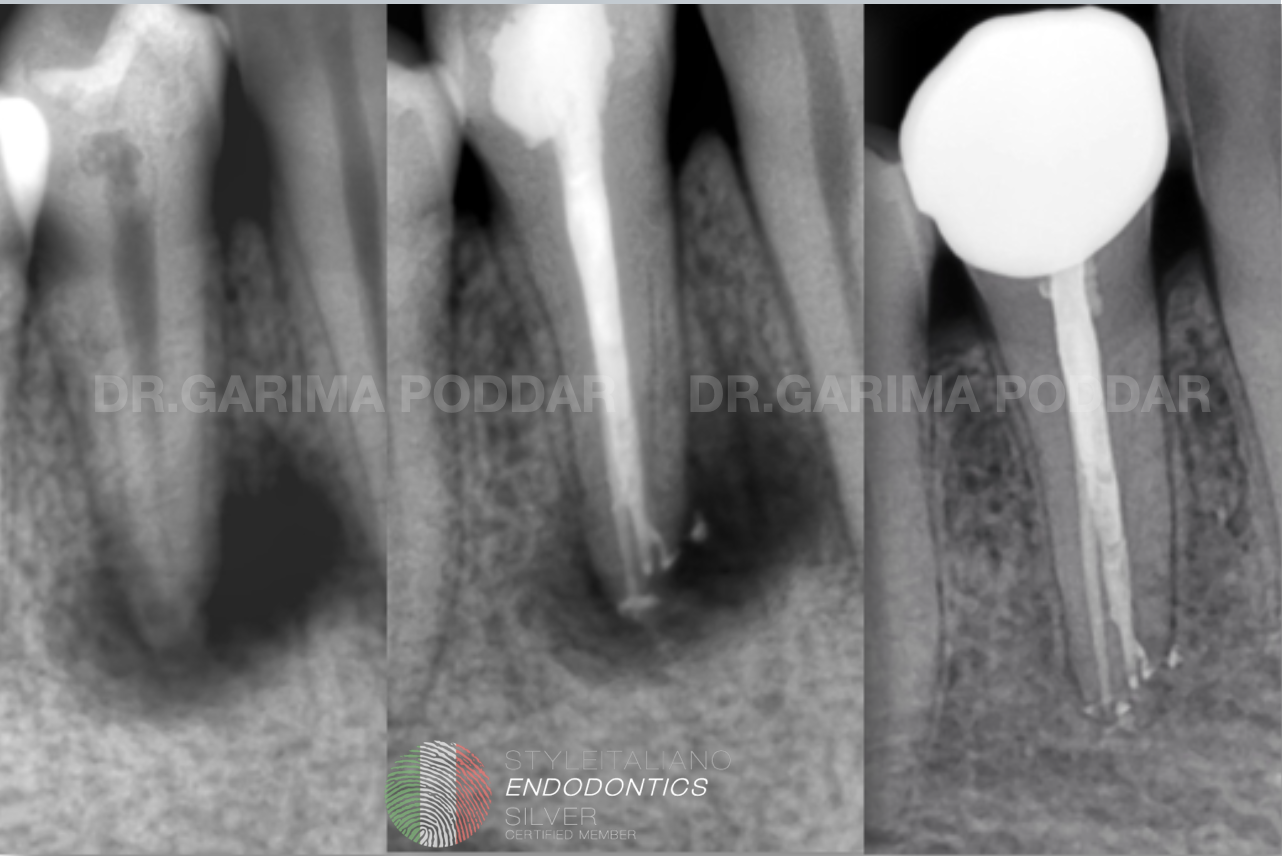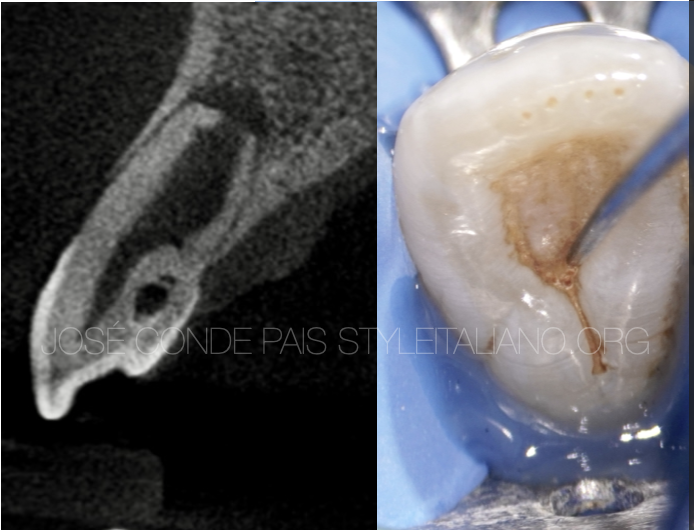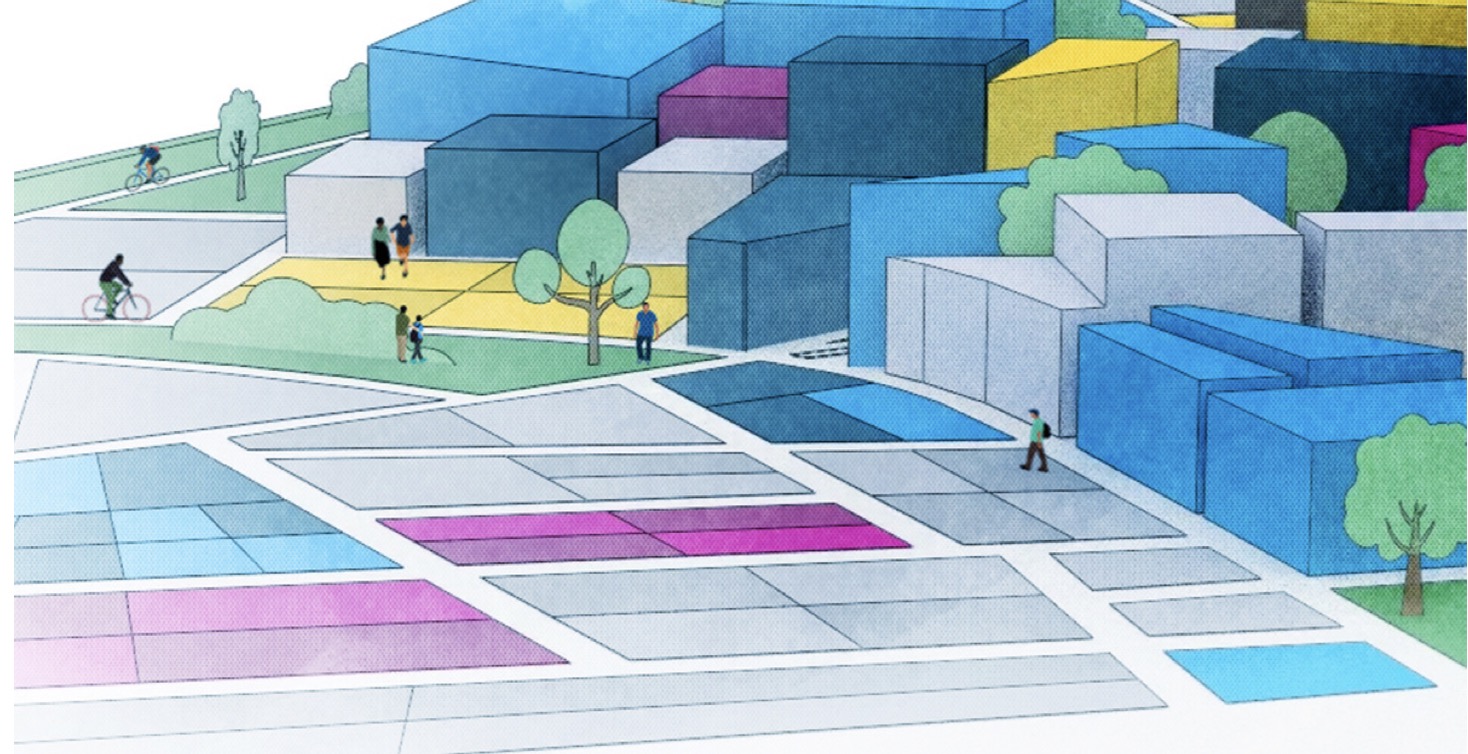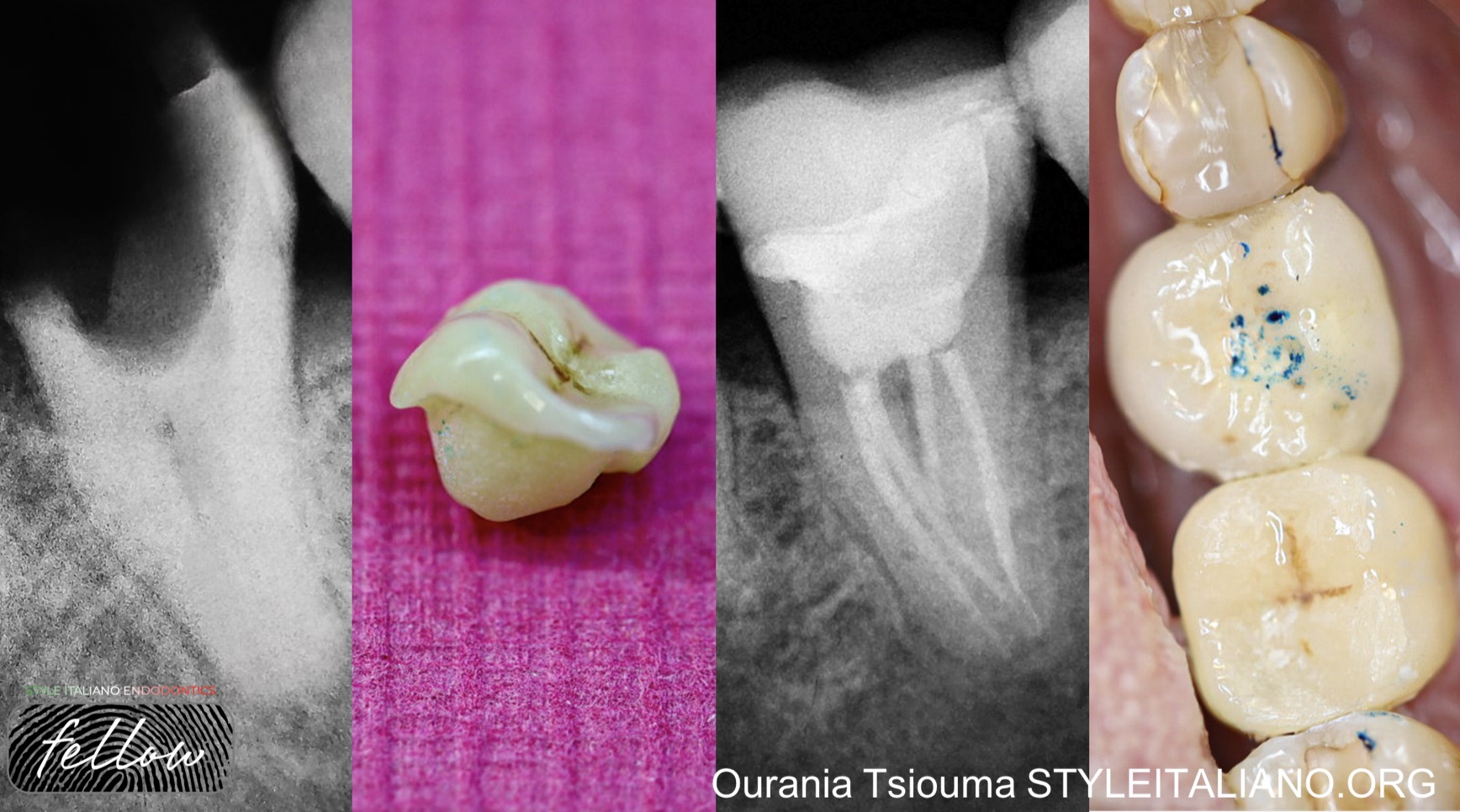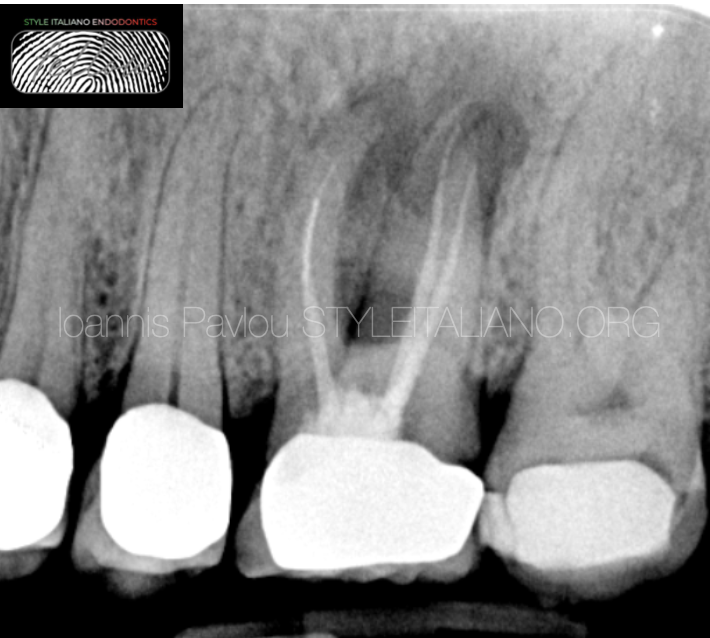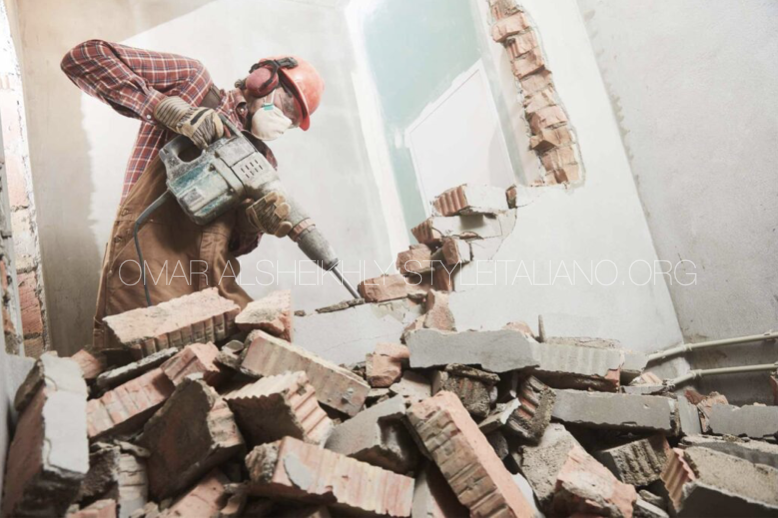The size of pulp exposure and the presence of spontaneous pain were significant criteria for treatment decisions in traditional direct pulp capping procedures. Direct pulp capping was considered viable when the pulp exposure size was 1 mm or less, and the patient did not experience spontaneous pain. Root canal treatment was routinely treatment choice in cases that did not meet these criteria. However, in light of contemporary insights from the literature, a new classification of pulp conditions has emerged. Consequently, this has led to a shift in our range of indications, predominantly favoring vital pulp treatments.


